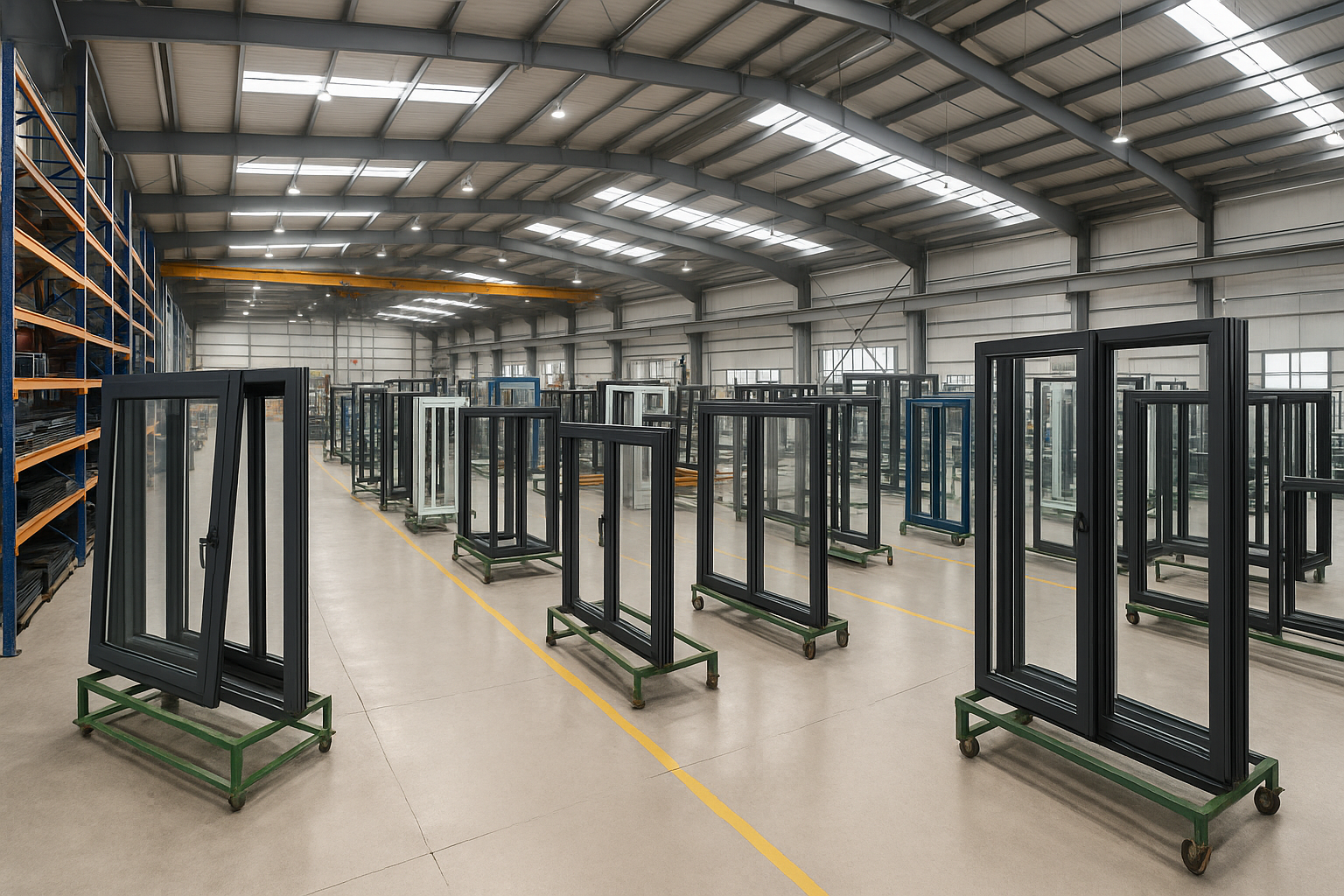
How do I compare quotes from different windows and doors factories in China?
Choosing a factory isn't just about cost—it's about matching your project needs, compliance standards, and deadlines.
To compare window and door quotes from China, define clear specs, request detailed pricing, assess product quality, and evaluate long-term value before deciding.
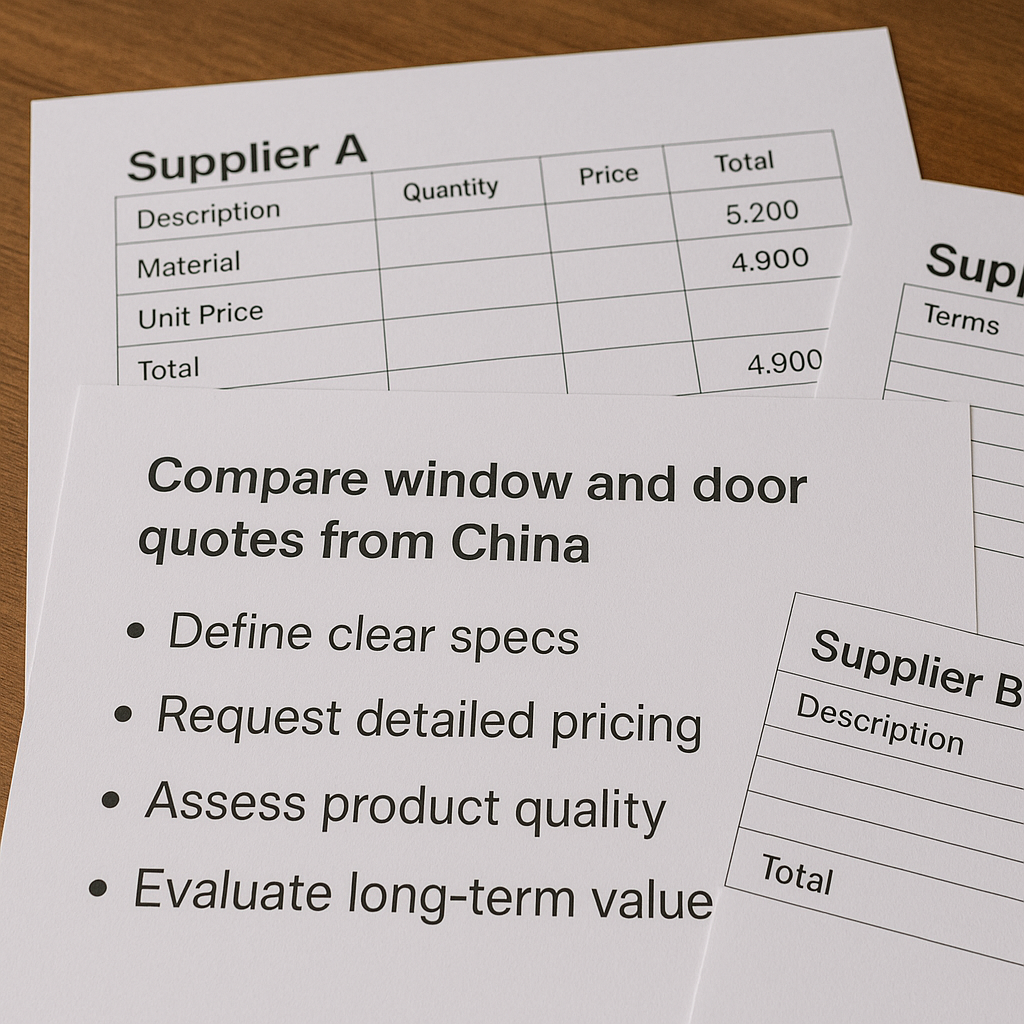
I've helped everyone from residential homeowners to commercial contractors navigate this process. Here's how to do it right.
What should I confirm before asking for a quote?
Unclear specs mean inconsistent quotes. Set a clear standard to compare fairly.
Define window sizes, material types, glass configurations, performance needs, and local certification requirements to ensure quote accuracy.
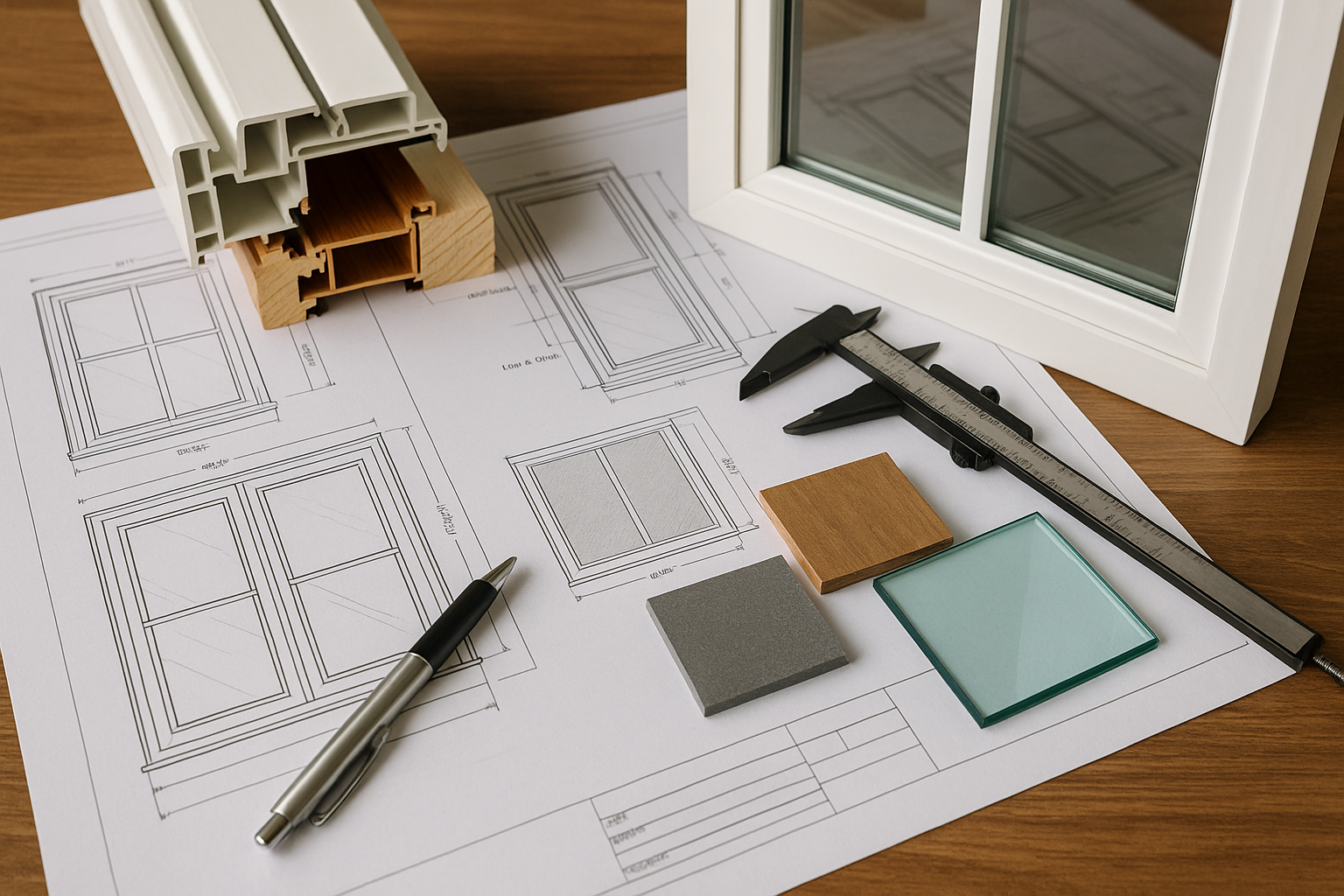
Start with your goals. Homeowners often need high-insulation uPVC windows1. Contractors focus on NFRC-certified aluminum2. If you don’t specify this upfront, quotes will be all over the place.
Make sure to provide:
- Precise dimensions
- Window types (casement, sliding, fixed, etc.)
- Frame materials (uPVC, aluminum)
- Glass specs (double/triple glazing, Low-E, laminated)
- Finish and color
- Hardware preferences and opening direction
- Total quantity and batch requirements
Also confirm regional standards like NFRC (U.S.), ESMA (UAE), or Homestar (New Zealand).
How do I collect and compare multiple quotes?
Not all quotes include the same details. You need to look closely at the breakdown.
Ask 3–5 suppliers for detailed quotes3 including unit price, shipping, taxes, optional installation, and lead time. Make sure to compare FOB vs CIF quotes4.
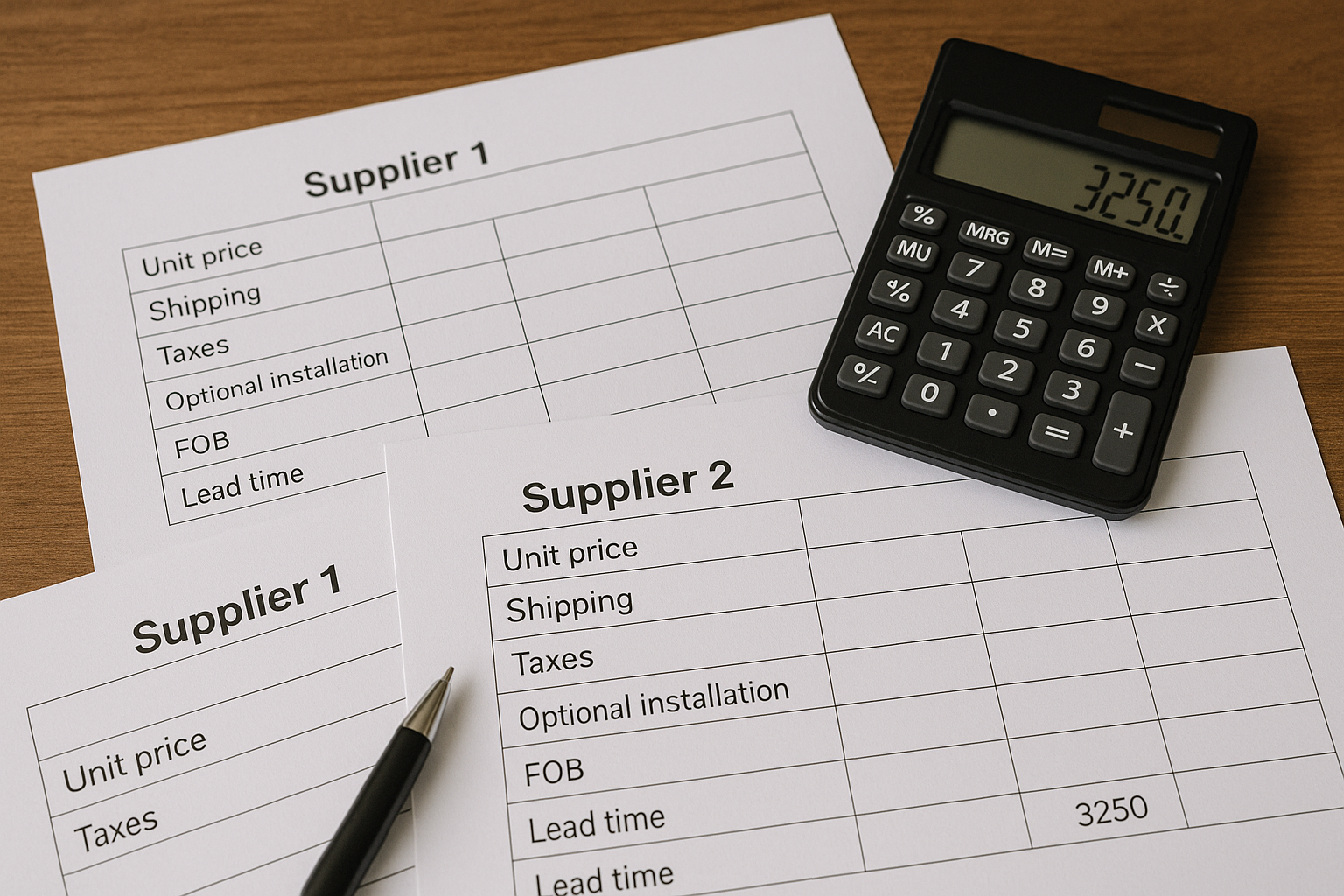
Use Alibaba or Made-in-China to shortlist suppliers. Then request quotes with:
- Unit pricing (with full product specs)
- Packaging and handling fees
- Export taxes or duties (note 2025 tariff updates)
- Shipping costs (FOB excludes freight/insurance; CIF includes both)
- Estimated delivery timeline
- Installation support (if offered)
Distributors and purchasing managers may prefer CIF for full logistics clarity. Contractors might handle FOB shipping themselves for better control.
Use a comparison table5 to avoid missing hidden costs or misaligned expectations.
How do I assess quality and supplier capacity?
Low prices mean little if the product fails after installation.
Ask for samples, third-party test reports (ISO, CE)6, and review the supplier’s factory scale, production line, and export history.

Material matters. uPVC offers better thermal insulation. Aluminum is better for large or high-end designs. Match your needs.
Always ask for certifications. Procurement professionals rely on ISO and CE test reports to meet local codes.
Review the supplier’s:
- Factory size (e.g., HOGLAD’s 20,000㎡ modern plant)
- QC procedures
- Export experience
Homeowners may not visit in person, but video audits or factory walkthroughs7 are effective remote options.
How do I weigh short-term price against long-term value?
Cheaper now might cost more later in energy bills or replacements.
Balance product lifespan8, maintenance needs, performance, hidden costs, and future tariff changes when evaluating quotes.
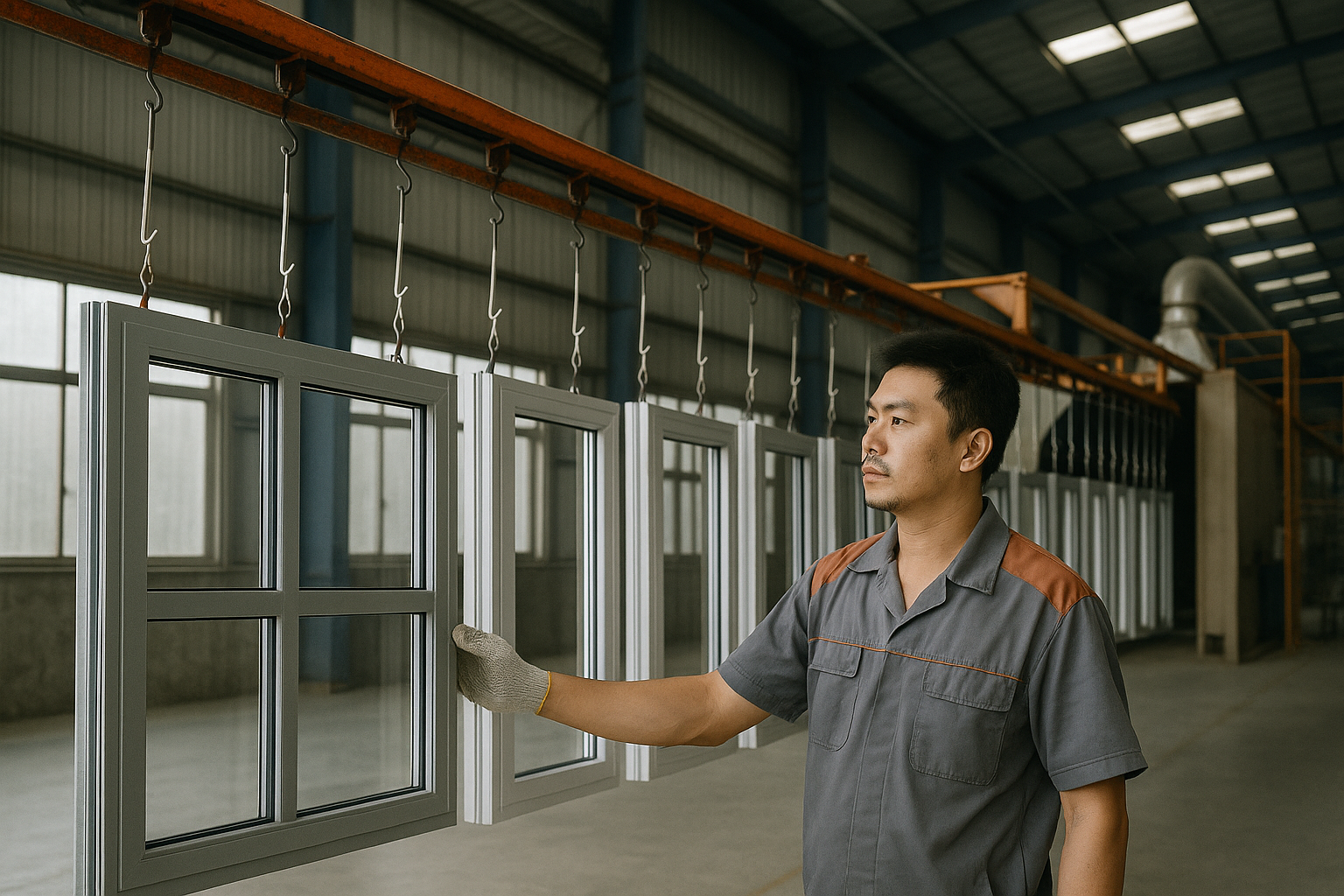
Aluminum lasts 35–45 years; uPVC about 20–30 years. Energy-conscious homeowners might save more long-term with better thermal glass. Procurement managers must justify lifecycle value across years.
Other considerations include:
- Bulk discounts for large orders
- Easy access to spare parts
- Warranty coverage
- Fluctuating duties and shipping risks
These factors often impact final cost more than the initial quote.
How do I evaluate delivery and service?
Even the best products need reliable fulfillment and after-sales support.
Choose factories that offer clear lead times9, fast communication, complete export documents10, and responsive customer service11.
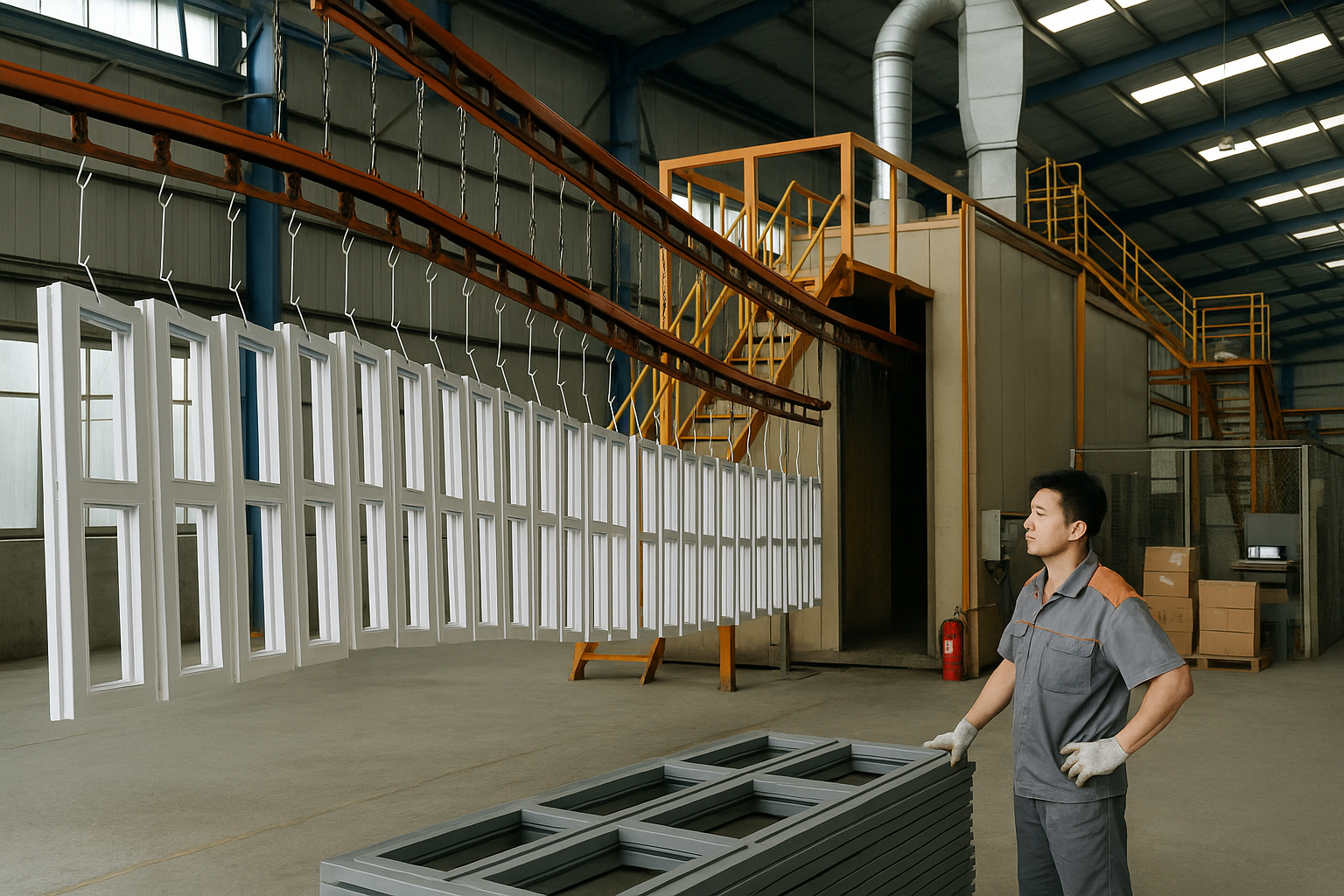
Contractors often face tight construction schedules. Buyers work on milestone deadlines. Ask:
- What's the standard lead time?
- Can they handle rush orders?
- Do they provide CI, PL, CO, and test documents?
Homeowners value quick, clear communication. Distributors need flawless documents to pass customs. Delays here can disrupt entire projects.
A manufacturer with export experience, like HOGLAD, can handle all logistics professionally and efficiently.
Should I visit the factory?
If you can visit, great. If not, verify remotely.
If travel isn’t feasible, request live video audits12 or factory tours to verify equipment, production flow, and quality control systems.

A physical visit lets you see the real operation, storage, and staff. But for remote clients—like homeowners or overseas buyers—virtual audits13 work well.
Ask suppliers for:
- Live video calls from the production line
- Packaging and loading demonstrations
- Real-time Q&A during the walkthrough
Also, check third-party reviews14 (Alibaba, forums) to verify past customer experiences.
How do I make the final decision?
Price matters—but choosing the right partner matters more.
Build a comparison table with key metrics like price, lead time, certifications, service quality. Negotiate terms and choose the factory that fits your strategic goals.
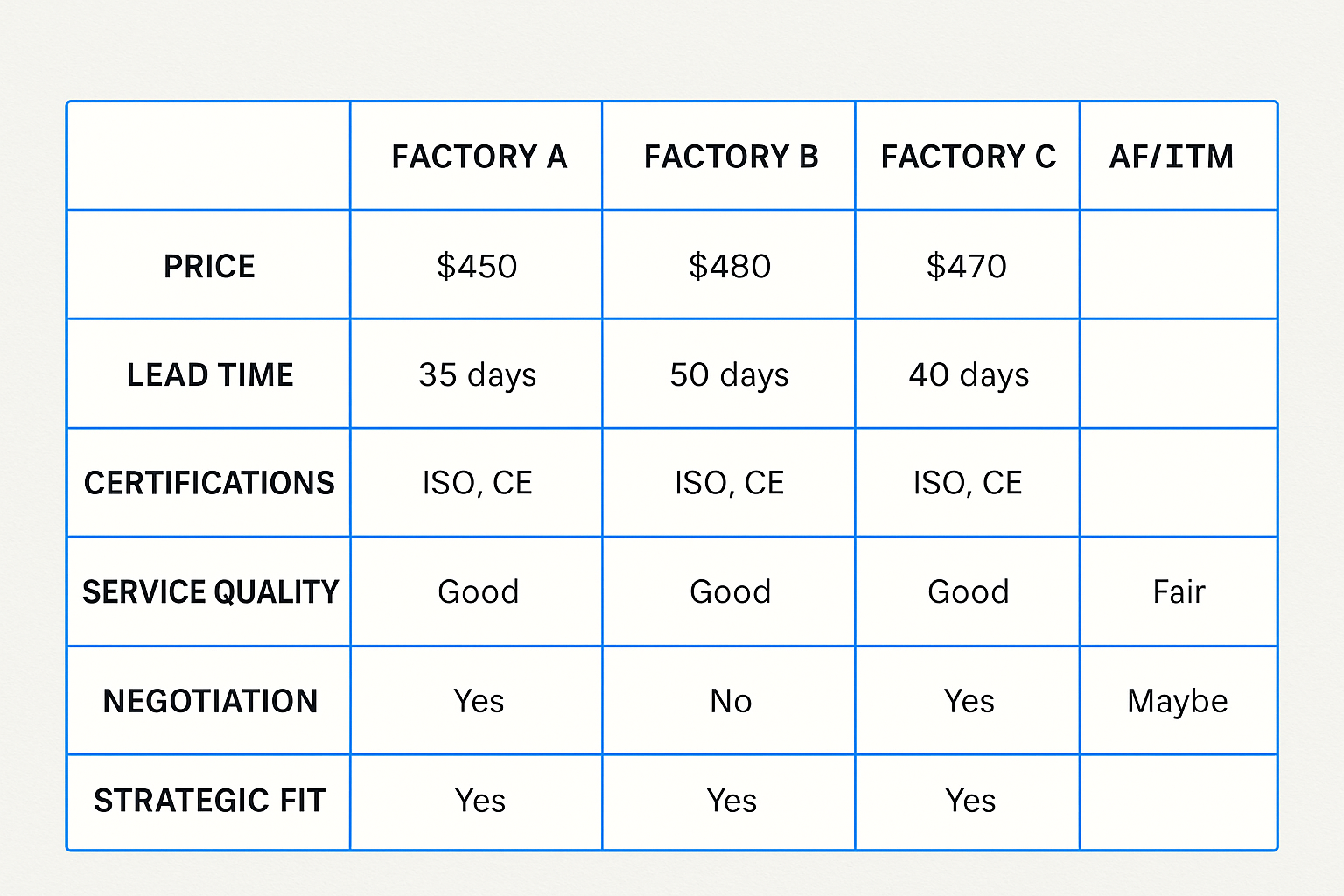
Use a decision matrix15 like this:
| Supplier | Unit Price | Delivery | Certifications | Support | Final Score |
|---|---|---|---|---|---|
| HOGLAD | $$ | 5 weeks | ISO, CE | Excellent | 9.5/10 |
| Supplier B | $ | 8 weeks | None | Slow | 5.5/10 |
Then negotiate:
- Payment terms (e.g., 30/70 split)
- Batch inspections
- Custom branding or labels
Choose a long-term partner16, not just a vendor. HOGLAD offers custom solutions17, fast response, and reliable exports—ideal for contractors, distributors, homeowners, and international buyers.
Conclusion
To compare quotes from Chinese window factories, align specs, analyze full costs, verify quality, and evaluate long-term performance. A great partner beats a cheap price every time.
-
Explore this link to understand the advantages of high-insulation uPVC windows for energy efficiency and comfort in your home. ↩
-
Learn about NFRC-certified aluminum to ensure your windows meet energy performance standards and enhance your home's efficiency. ↩
-
Learning how to effectively request detailed quotes can help you gather comprehensive information for better decision-making. ↩
-
Understanding the difference between FOB and CIF quotes is crucial for making informed shipping decisions and cost comparisons. ↩
-
Creating a comparison table can streamline your analysis of quotes, ensuring you capture all necessary details for evaluation. ↩
-
Understanding ISO and CE certifications is crucial for ensuring product quality and compliance with local regulations. ↩
-
Video audits can provide valuable insights into a supplier's operations, ensuring transparency and reliability without needing a physical visit. ↩
-
Exploring product lifespan helps in making informed decisions that balance initial costs with long-term value and sustainability. ↩
-
Understanding clear lead times helps ensure timely delivery and project success. Explore this link for detailed insights. ↩
-
Knowing the necessary export documents can prevent customs delays and ensure smooth shipping. Learn more about them here. ↩
-
Responsive customer service is crucial for resolving issues quickly. Discover more about its importance in manufacturing. ↩
-
Explore this link to understand how live video audits can enhance your factory verification process, ensuring transparency and trust. ↩
-
Discover the benefits of virtual audits for factory inspections, especially for remote clients, ensuring quality and efficiency. ↩
-
Learn how third-party reviews can provide insights into supplier reliability and customer satisfaction, aiding your decision-making. ↩
-
Exploring this resource will provide you with a deeper understanding of decision matrices and how they can streamline your supplier selection process. ↩
-
This resource will highlight the benefits of establishing long-term partnerships, which can lead to better collaboration and success. ↩
-
Understanding custom solutions can help you choose a supplier that meets your specific needs and enhances your business strategy. ↩
You may also be interested in:

Why More Builders Choose Chinese Aluminium Window Supplies?
Looking for durable, stylish, and cost-effective aluminium windows? Builders worldwide are turning to China for all the right reasons. Chinese aluminium window suppliers offer advanced manufacturing, global certifications, custom designs,

A Guide to Buying and Importing Windows and Doors from China
Buying windows from China can be a smart move—if you know how to navigate specs, suppliers, and shipping. China offers cost-effective, customizable, and high-quality windows, but successful importing depends on
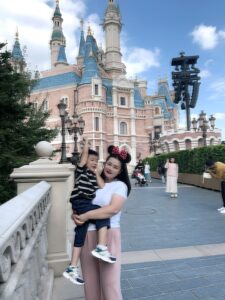
Hi there! I'm Thea, mom and hero to an adorable 5-year-old boy. By day, I'm a seasoned pro with 10 years in the window and door industry, going from sales to owning my own factory. Here to share what I've learned—let's grow together!
Contact with me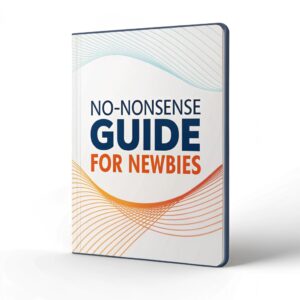
No-nonsense Guide for Newbies
- ✔Master mold basics quickly
- ✔Avoid costly beginner mistakes
- ✔Gain industry-ready insights
- ✔Boost technical understanding
- ✔Accelerate business growth
